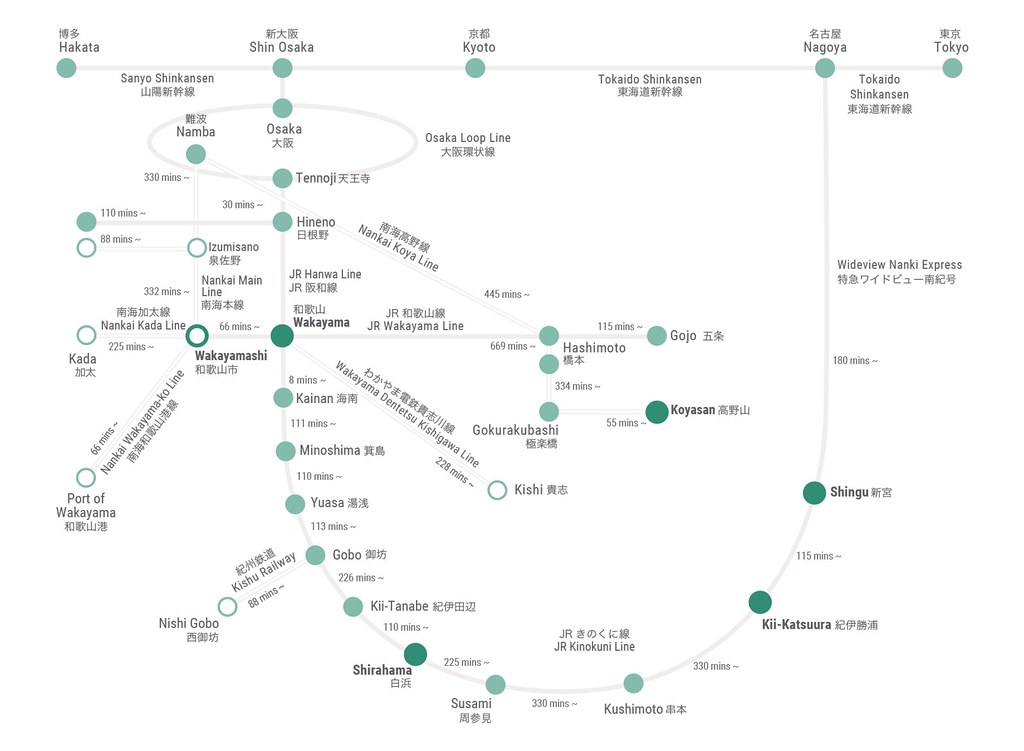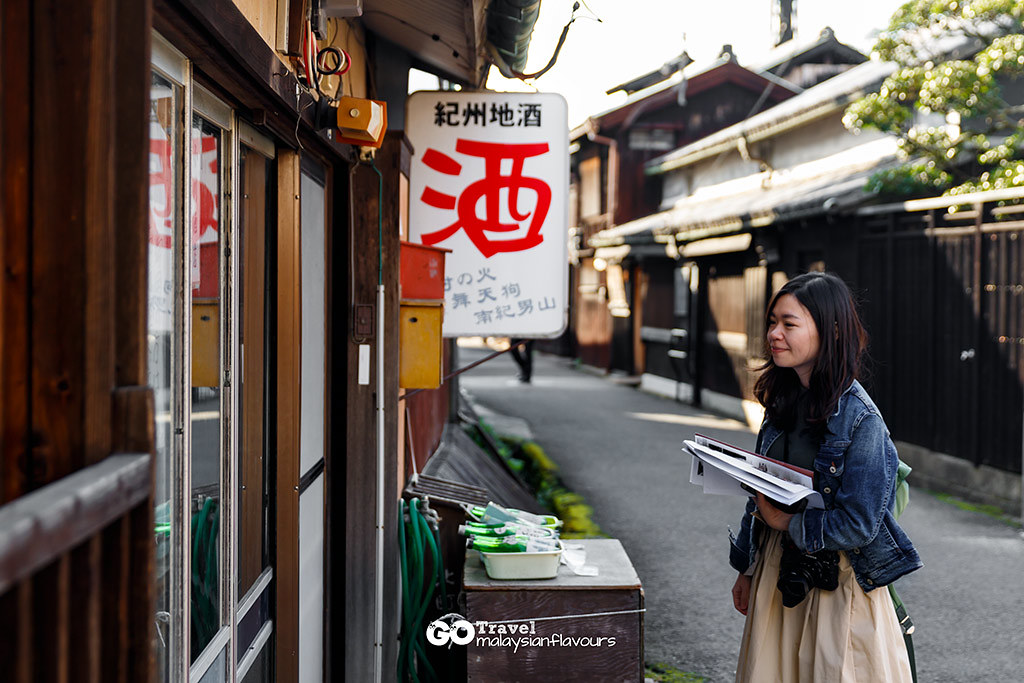
Yuasa ( 湯浅町, Yuasa-cho ) is a beautiful small town located in Arida district, Wakayama prefecture of Japan. This historical place is made famous as the birthplace of Japanese shoyu, carrying over 750 years of history.
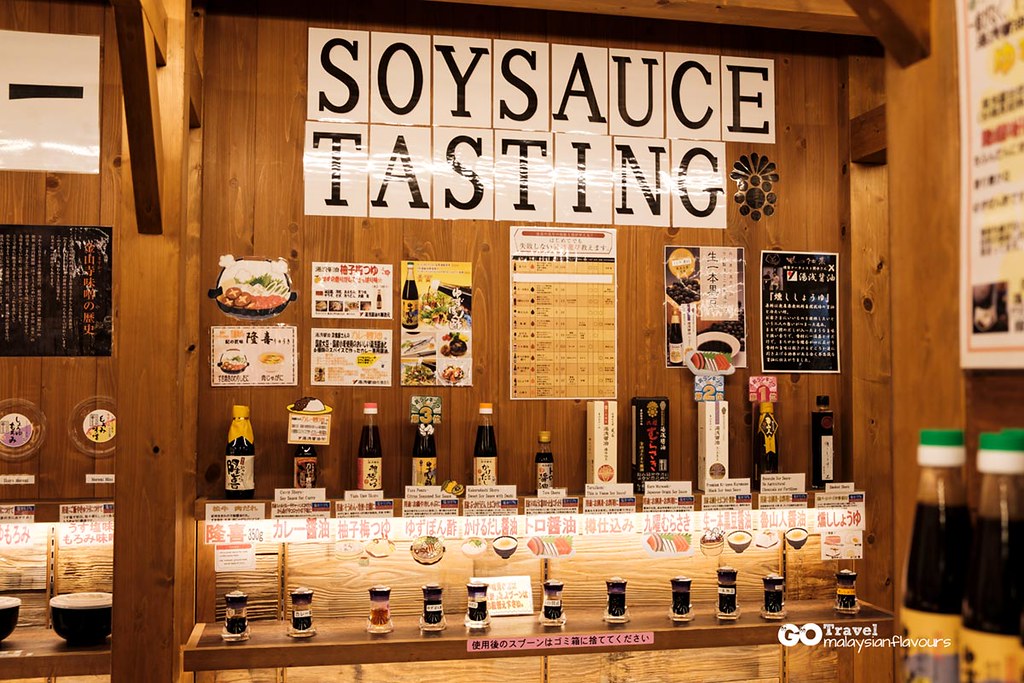
Think about Japanese soy sauce that work wonders on your sushi, yay, that is! But Yuasa is notable for more than that.
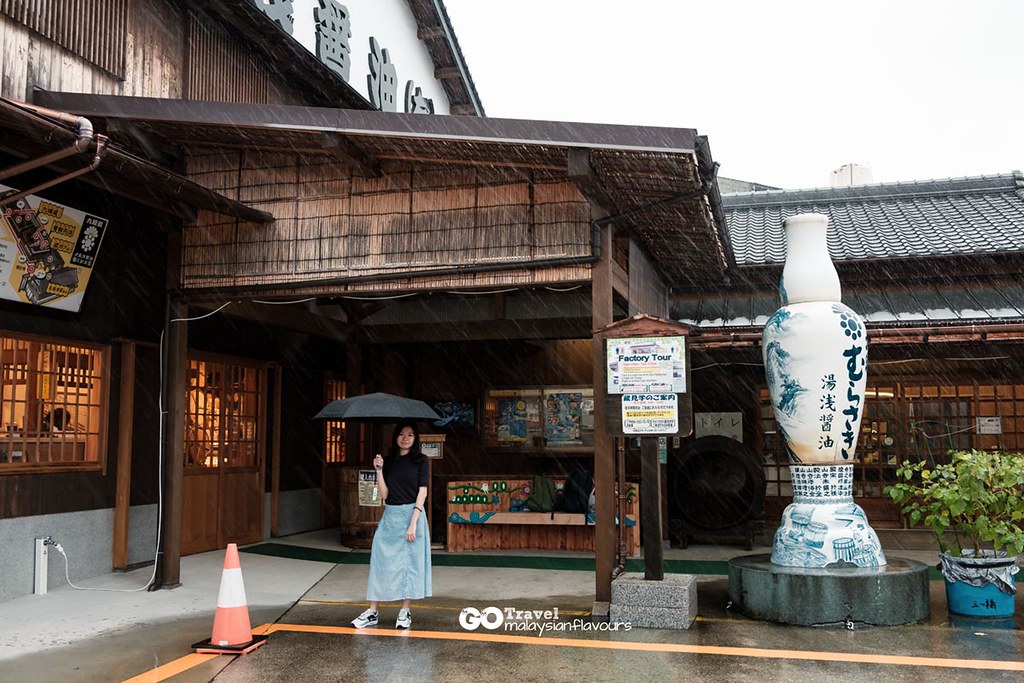
We paid this quaint little place a visit during our Wakayama trip last October, discovering the other side of Yuasa – once an important station on the Kumano Pilgrimage Route, also flourished by fishing industry and as a trading center during early years.
How to Reach Yuasa from Wakayama/ Osaka/ Kyoto?
Yuasa can be easily reached by train, or by car.
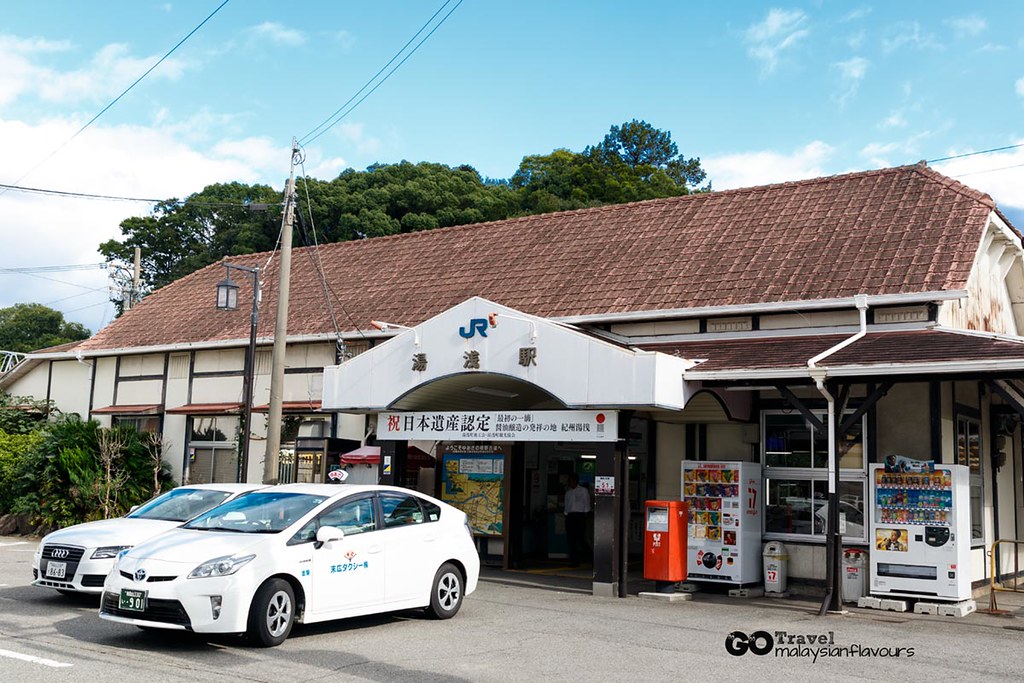
1. Take a local train from JR Wakayama station, Kinokuni Line JRきのくに線and align at JR Yuasa Station JR西日本湯浅駅. It will be about 50 minutes.
2. If you come from Osaka/Kyoto, board on JR Shin-osaka/Tennoji station, JR Kinokuni Line Limited Express to reach Wakayama. From Wakayama, take a JR local train to reach Yuasa. Note that this train does not stop at Osaka Station.
For more information, you may check out this page: https://www.osakastation.com/limited-express-kuroshio-shin-osaka-for-wakayama-shirahama-shingu/
3. Alternatively, self-drive, which was what we did.
Things to do in Yuasa, Japan: Home of Japanese Shoyu
1. Get Your Tourist Map from Yuasa Tourism Office
Once reached, get Yuasa walking maps and brochures from tourist information center. Just 1 minutes walk from JR Yuasa station. You can also rent bicycle for free to explore the town easier. We took about 3 hours exploring the town by foot, just an ideal location to spend a half day with when visiting Wakayama.

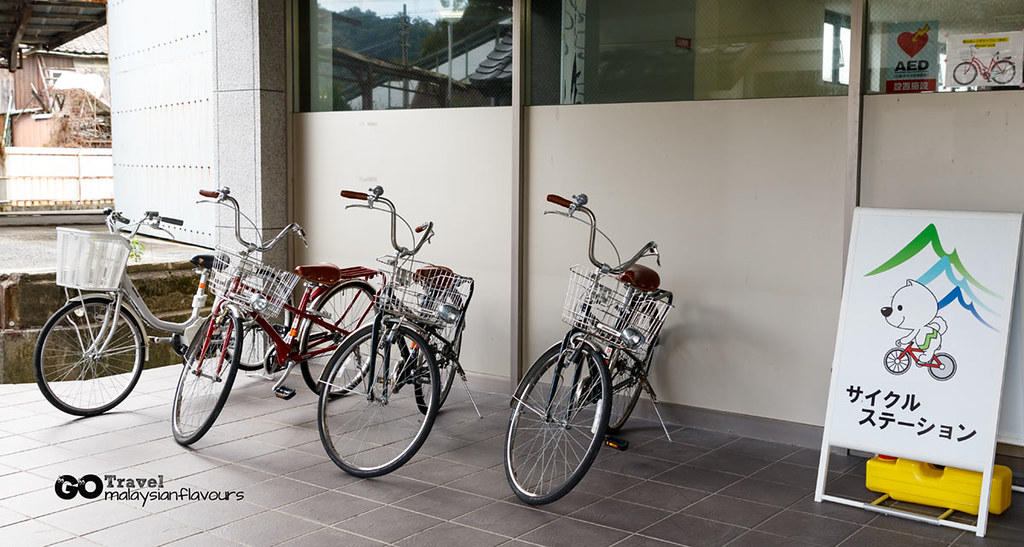
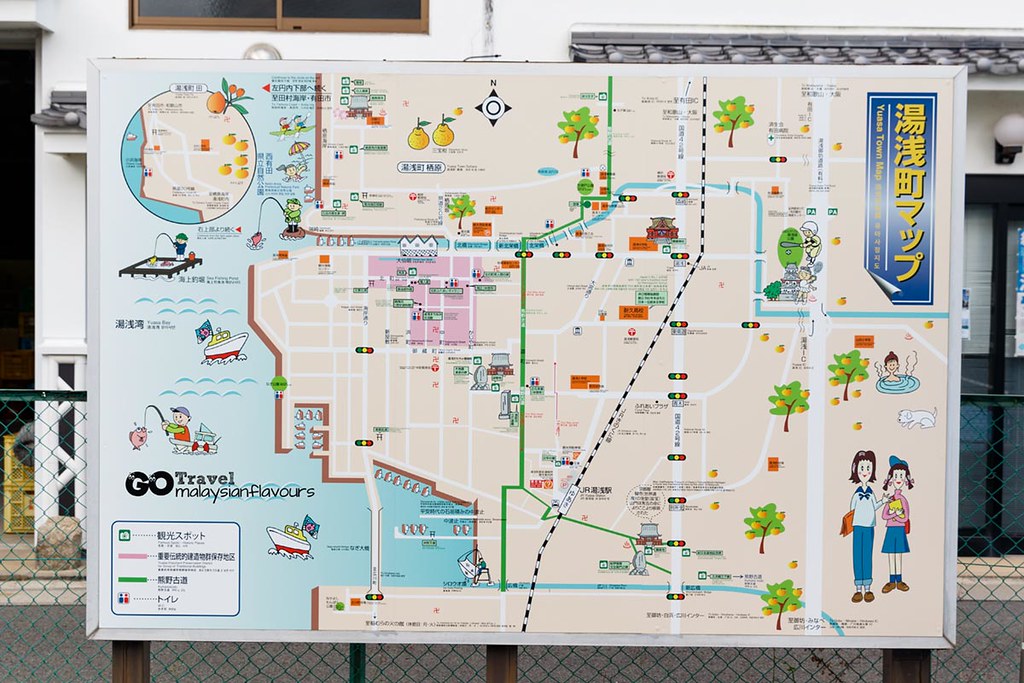
They have free parking space here. So for visitors who rent car, you can park here.
Yuasa Tourism Office
in front of Yuasa Station
Address: 1100 Yuasa | Yuasa-cho, Arida-gun, Wakayama Prefecture, Japan
2. Lunch with Shirasu-don at湯淺町 かどや食堂
Yes, eat first before everything. LOL. We had lunch at湯淺町 かどや食堂, a restaurant specializes in shirasu-don.
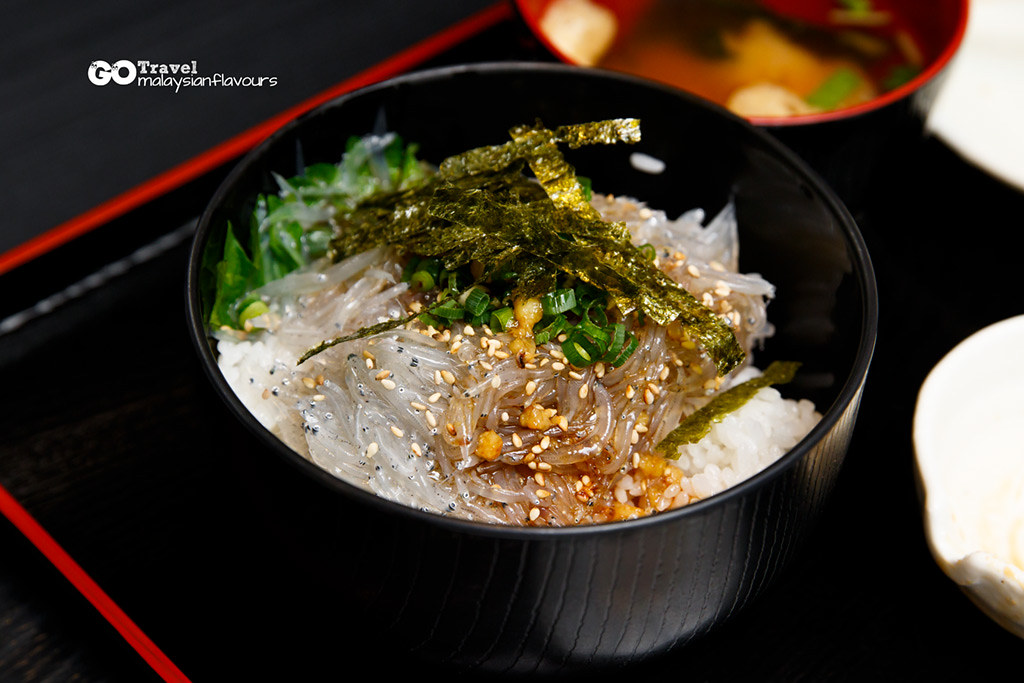
Shirasu (しら, or white bait) is rated as the top 30 food to eat in Wakayama. And Yuasa is one of the best places in Wakayama to try these mini size fishes.
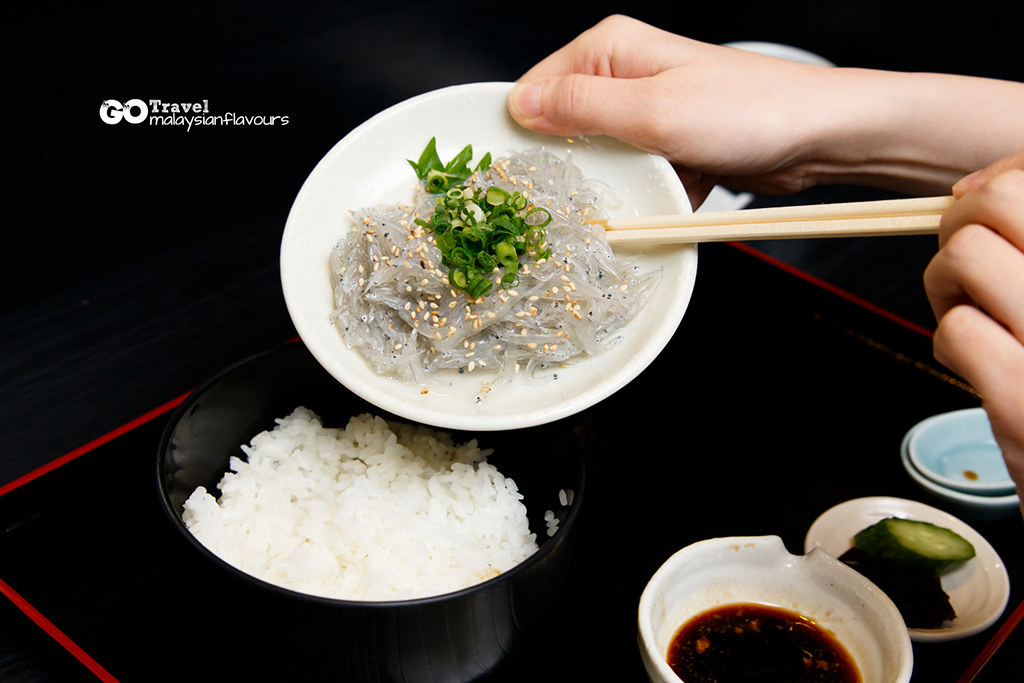
Shirasu in 湯淺町 かどや食堂 is freshly caught daily, ensuring the freshest taste possible for all diners. Have it in raw or cooked, equally satisfying. Personally, we highly recommend to go for the raw version unless you really can’t take raw food.
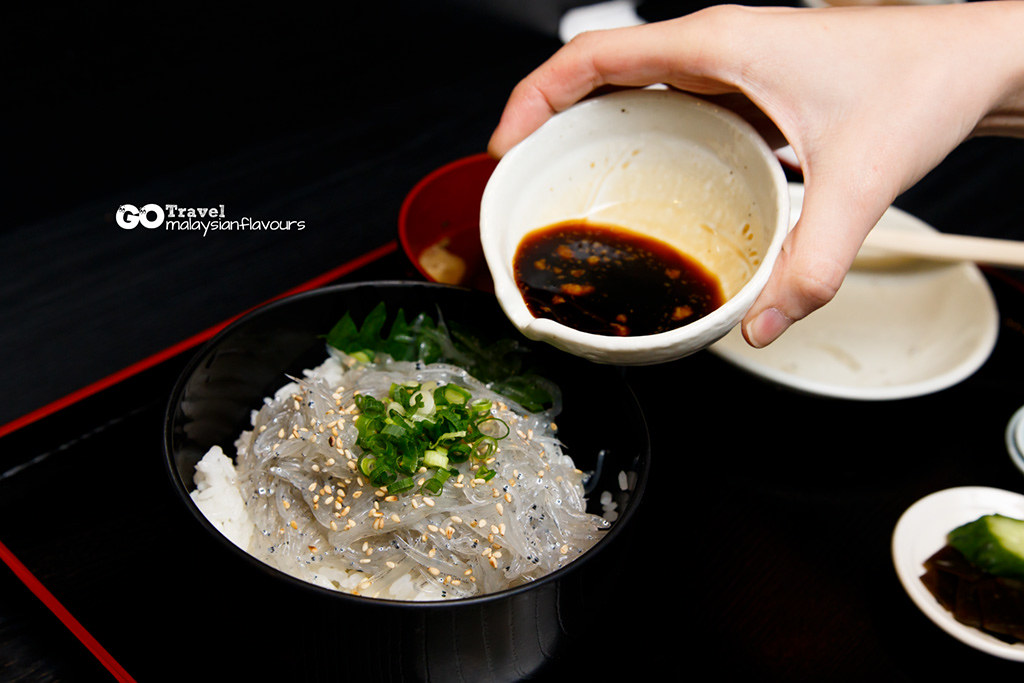
It is a simple but superb rice dish, with raw white baits generously topped over pipping hot rice. Wakayama soy sauce mixed with finely minced ginger are drizzled, finished with seaweed garnishing.
No joke, it is soooooo good!
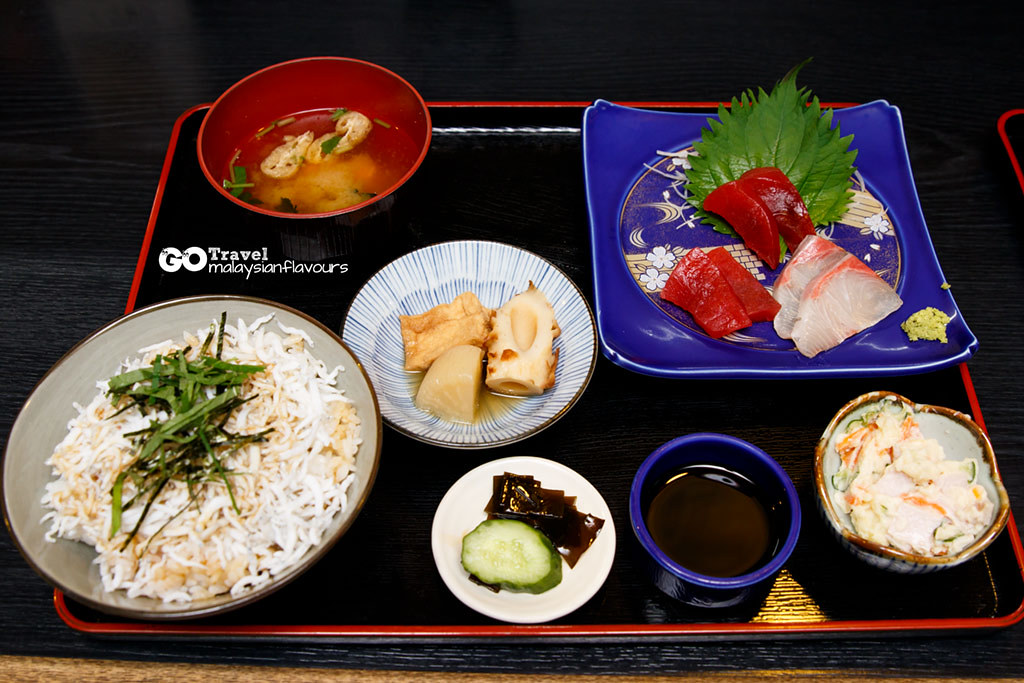
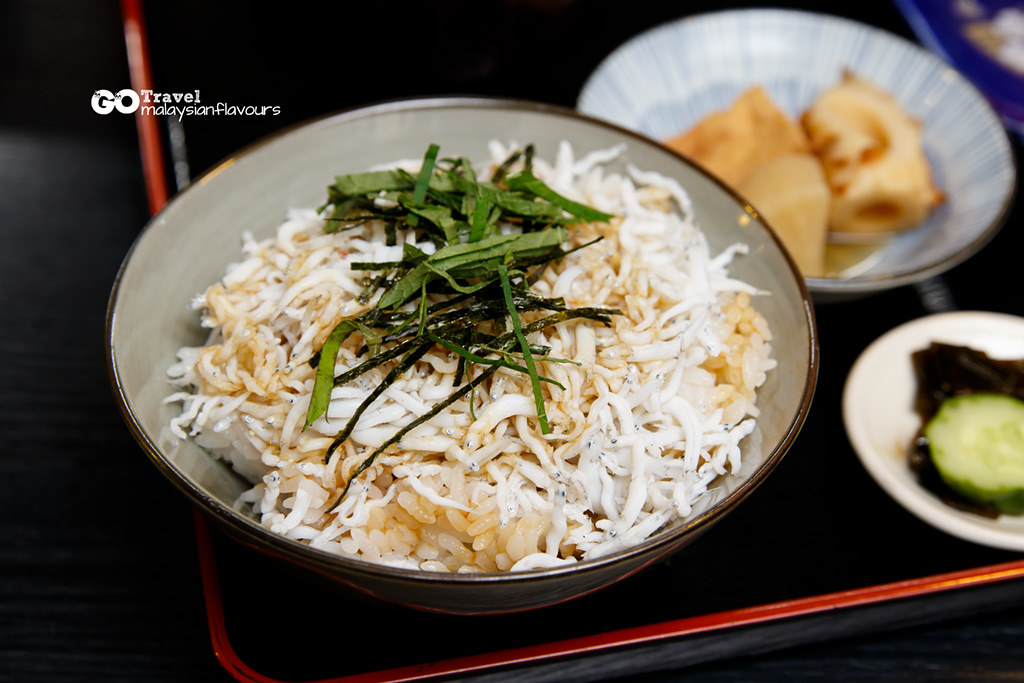
Summergirl was quite skeptical having to eat so many mini raw fishes initially, feeling afraid in the beginning just by looking the menu picture. She insisted to order cooked white bait. In the end fighting with Summerkid for the raw version because it was so much better! Really nice you guys must try.
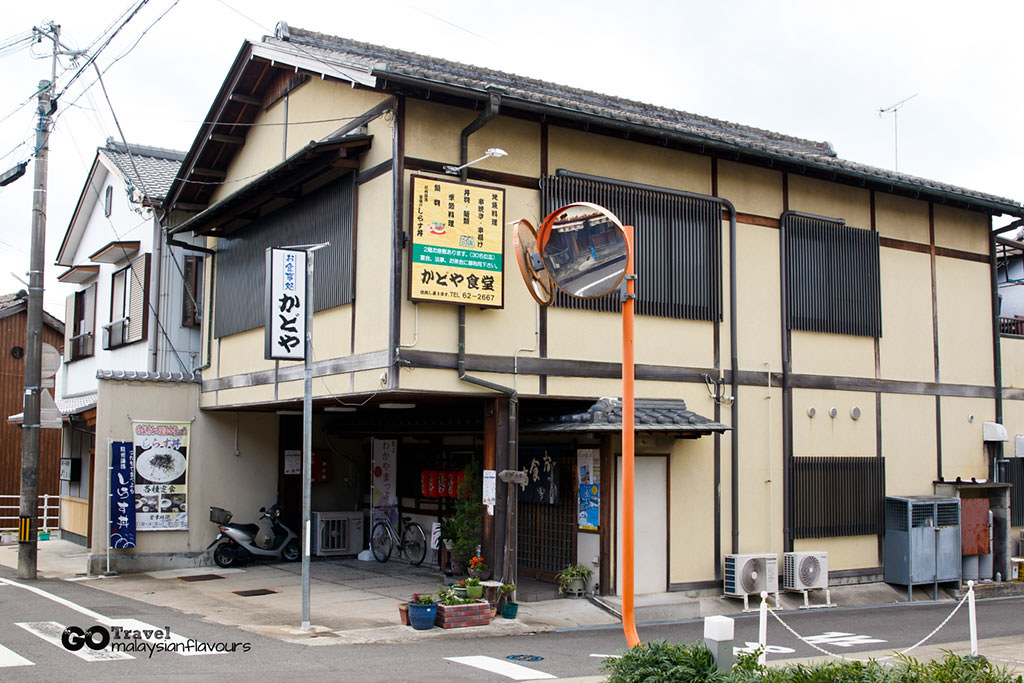
湯淺町 かどや食堂
Address:
〒643-0004和歌山県有田郡湯浅町湯浅1109-1
643-0004 Wakayama Prefecture Arita-gun Yuasa-cho Yuasa 1109-1
Official Website: http://www.yuasa-kadoya.com/
Opening Hours: 11:00-14:00 ; 17:00-21:00 ( Wed, Sun only opened for lunch)
Google Map: https://goo.gl/maps/PVprJdUfv492
Parking: 3 Free parking for sight seeing nearby
How to reach: Walk out from Yuasa station, 1 minute to the left
Contact: 0737-62-2667
Other shop famous for Shirasu-don: 海ひこ魩仔魚丼
3. Tateishi Dohyo 道町の立石道標
Done with lunch, let’s began with all the walk. Followed the map and reached the first stop, a historical landmark – Tateishi Dohyo, at the cross junction of Domachi Street.
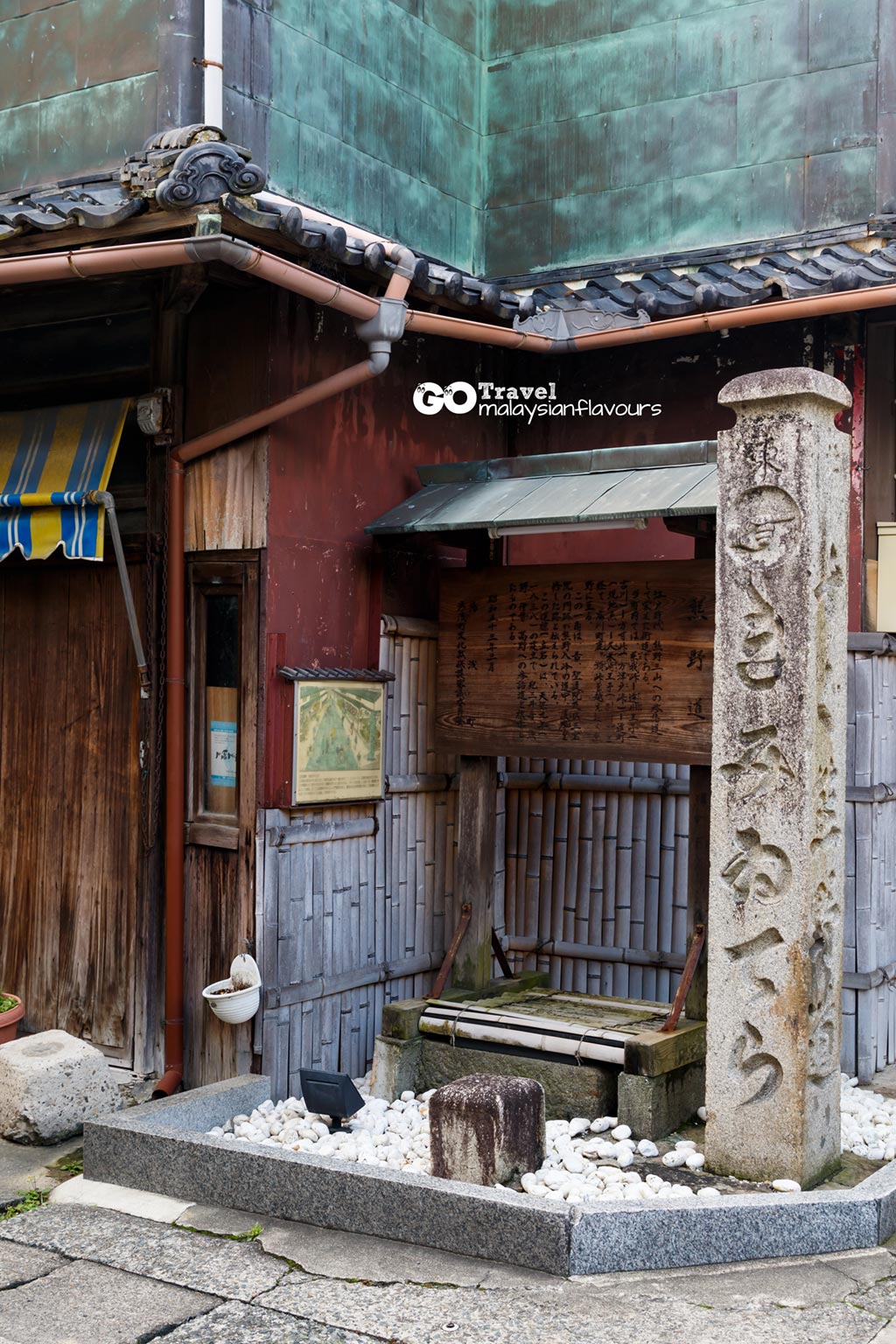
Built in 1838, this 2 meters high stone road sign post is once serves as the branching point towards Koyasan and Kumanokodo, used to give direction to those on Kumano Pilgrimage Route – To the South for Kumanokodo, to The North for Koyasan and to the East for Kimmi-ji Temple.
4. Taiteishi Chaya 立石茶屋

Opposite to Taiteshi Dohyo is Taiteishi Chaya is a late Edo Japanese wooden townhouse 町屋. It is now renovated into Chaya 茶屋, a tea shop. Thought of having tea here but was closed that day.
5. Shinsenji 深專寺
Turned into the alley on our right (*with Tateishi Dohyo on your left), walked for 100m and Jinsenji Temple came in sight.
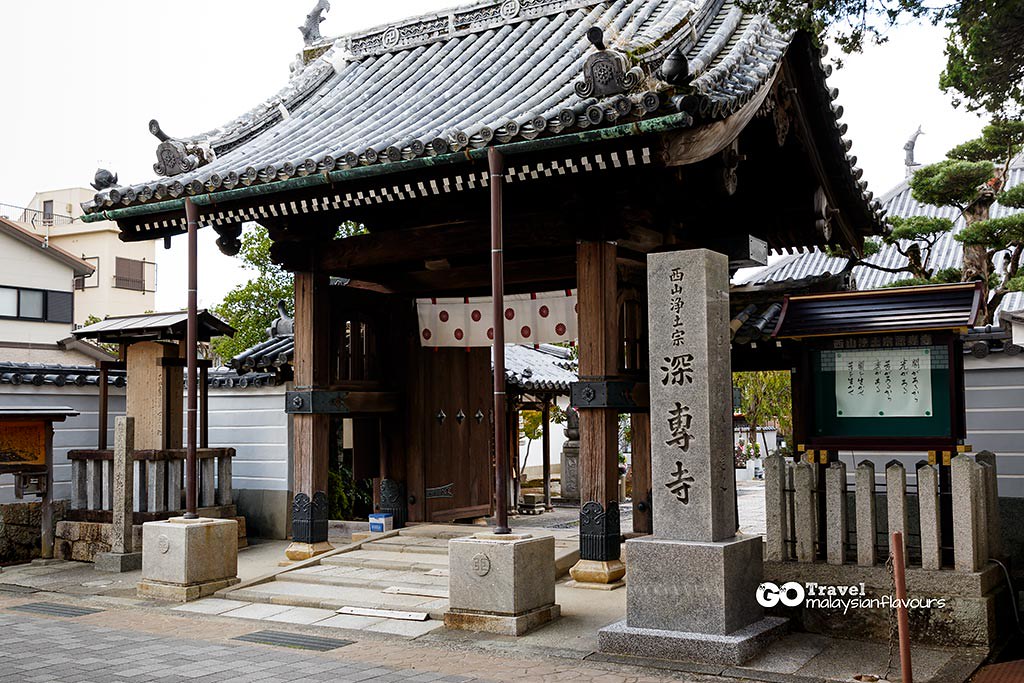
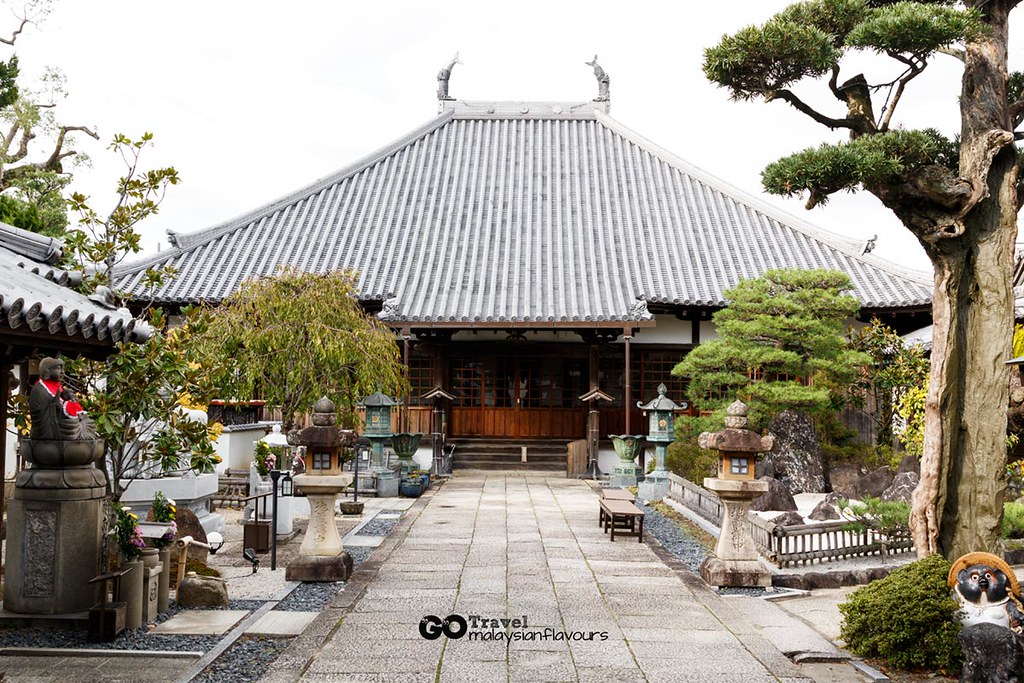

Jinsenji was built during Nara period as a major rest spot for religious prilgrims, in line with with Yuasa growing popularity as an important route to Kumano Sanzan 熊野三山 those days. It was then re-built but destroyed in a fire. Until 1663, the temple was built again and now served as one of the cultural property (文化財 bunkazai) in Japan.
5. Monument of Tsunami 地震津波の碑
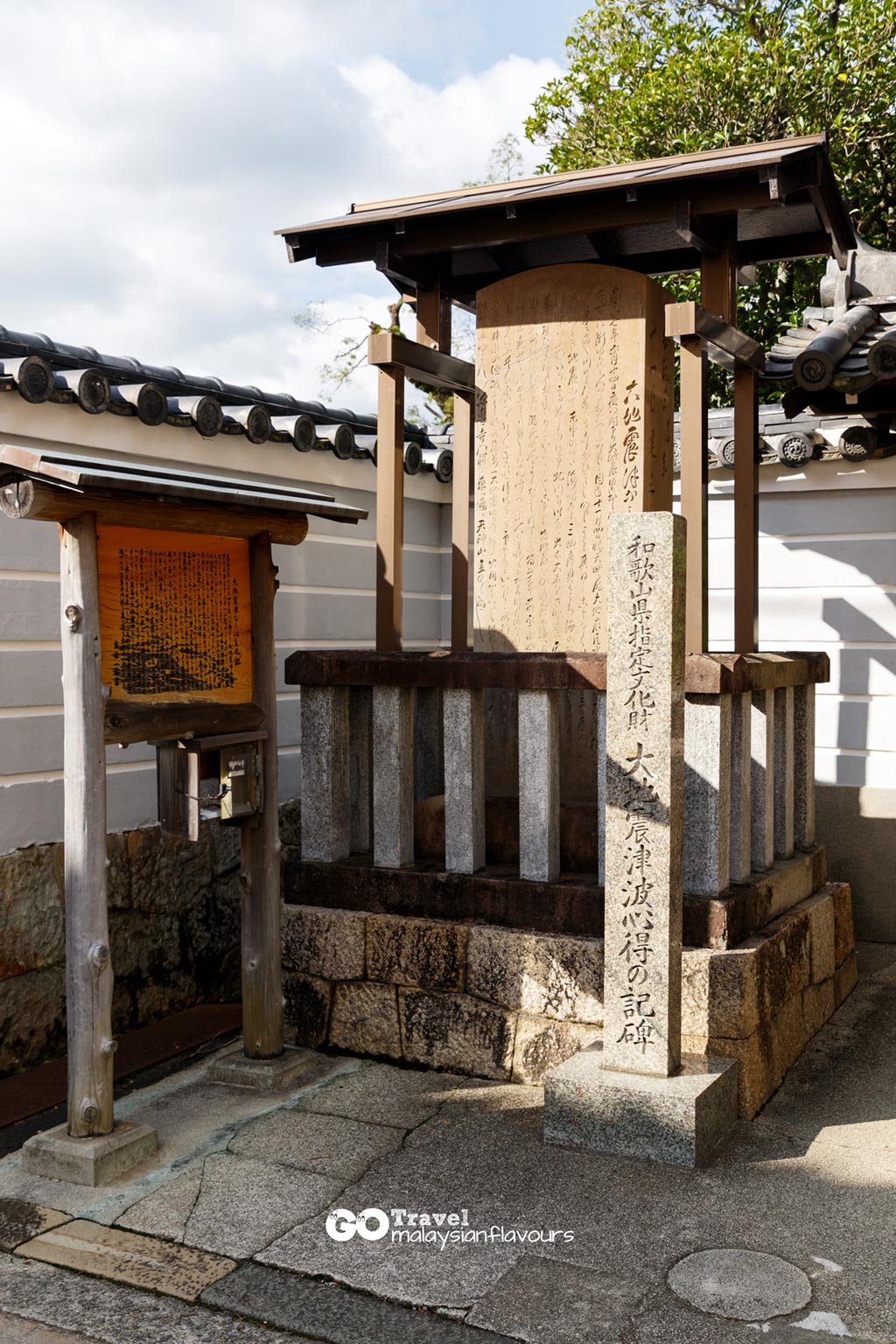
Stone monument in front of Shinsenji, in memory for a level 8.4 earthquake and tsunami happened in Japan in 1854. At that time, Yuasa and towns nearby were seriously hit by the earthquake. 2 years later, Shinsenji made this monument and wrote down a total of 528 words about this saddened incident.
Continue straight and turn right at the cross junction. We are now in Yuasa Preservation District.
6. Yuasa-cho Preservation District for Yuasa Group of Traditional Buildings

In 2006, Yuasa is recognized by Japanese government as Important Preservation District for Groups of Traditional Buildings, under the category of Historic Industrial Town (Shoyu making). The preserved area consists of a number of districts, including Kita-machi, Kajiya-machi, Naka-machi, and Hama-machi located on the coast to the west of the old Kumano Pilgrimage Route.
7. Get transported to the past and take pictures, pictures, and more pictures.
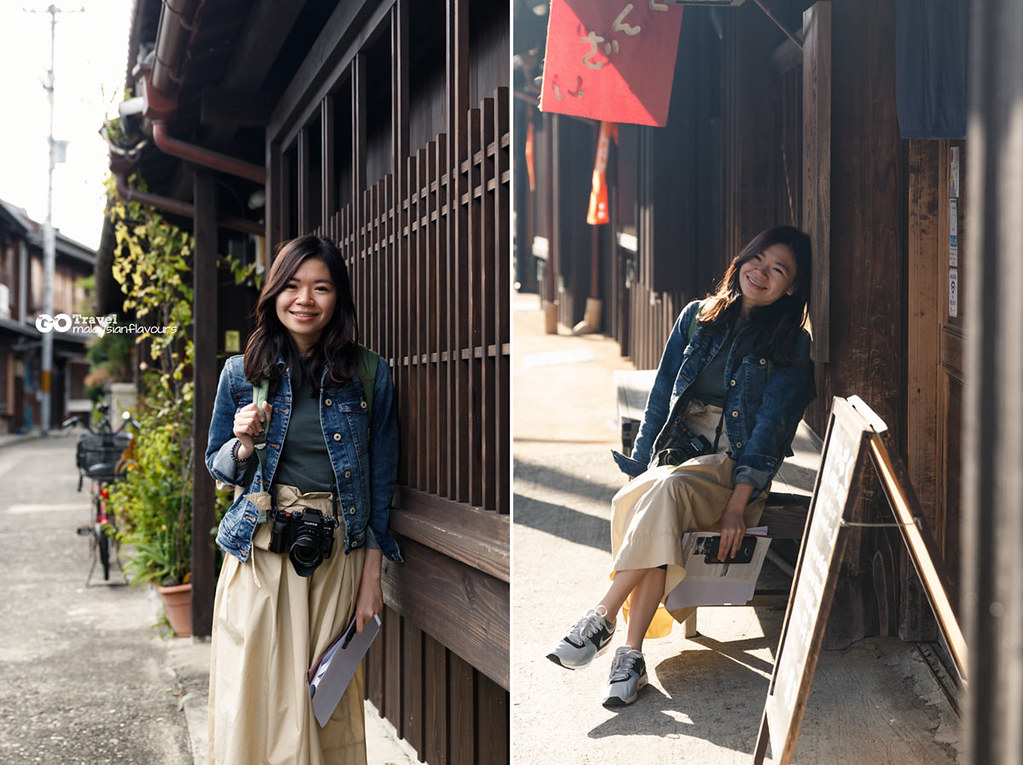
Walking around the streets, we felt like we were being transported back to the olden days of Edo period.
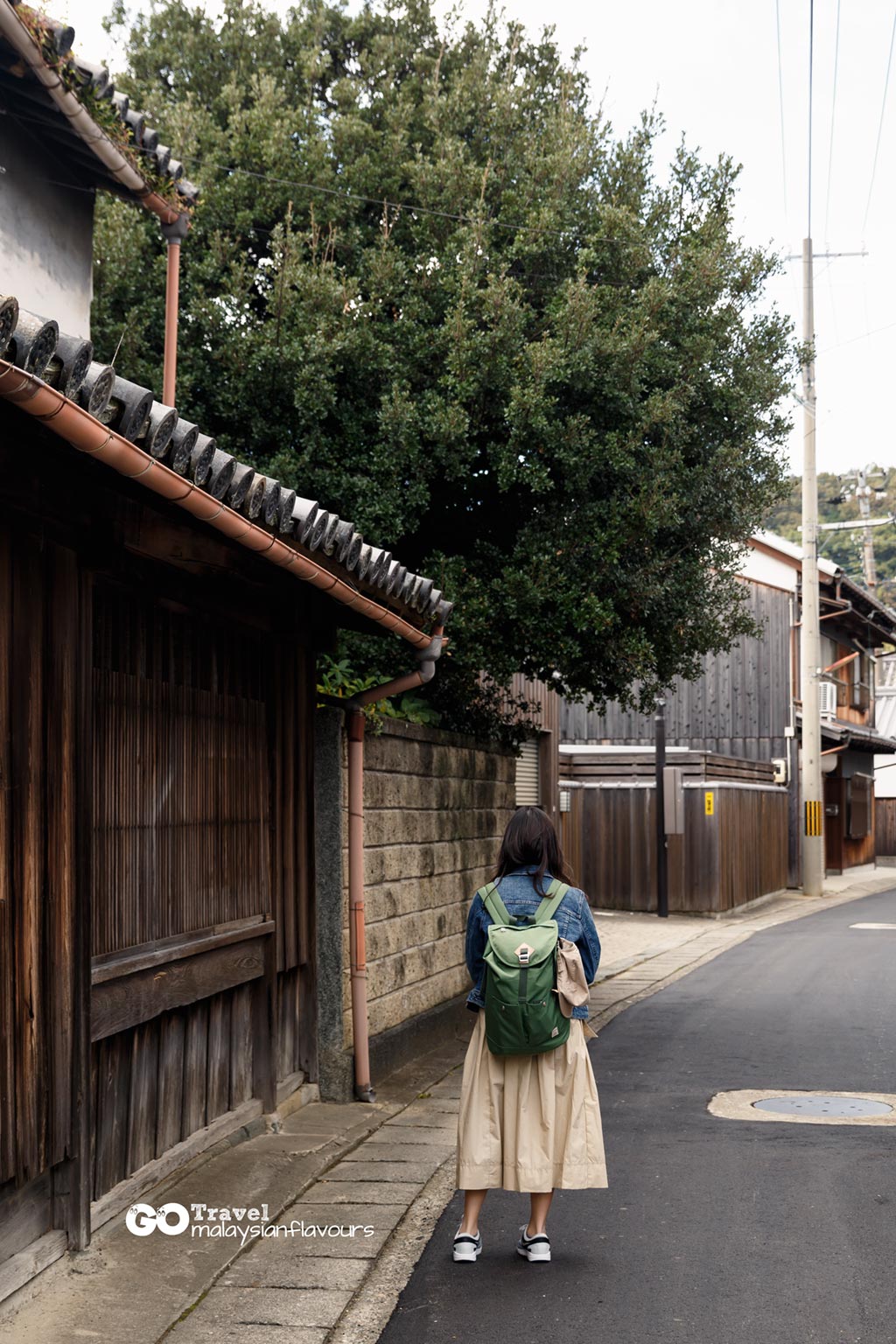
We loved the narrow roads with well-preserved traditional Japanese houses on both sides, tranquil old world charm that we could hardly find in big city.
It was really interesting to discover ancient buildings with features like Makuita, Mushiko-mado window, Hongawara-roofing, kushi and more.
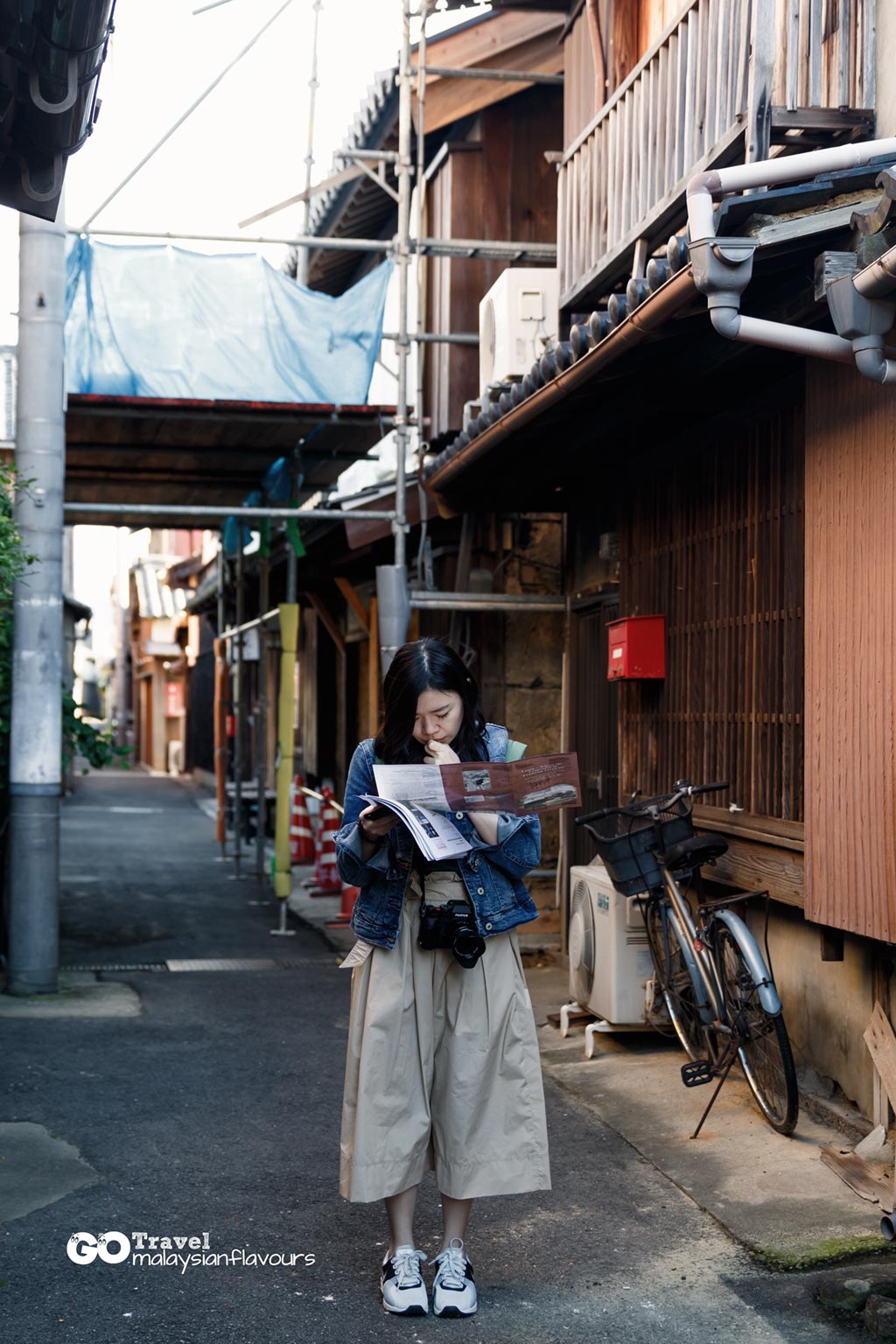
The map we got from the tourist centre gives a good guide to everything, making us felt like going on treasure hunt looking them out.
8. Seiro Museum 熊野古道蒸籠博物館
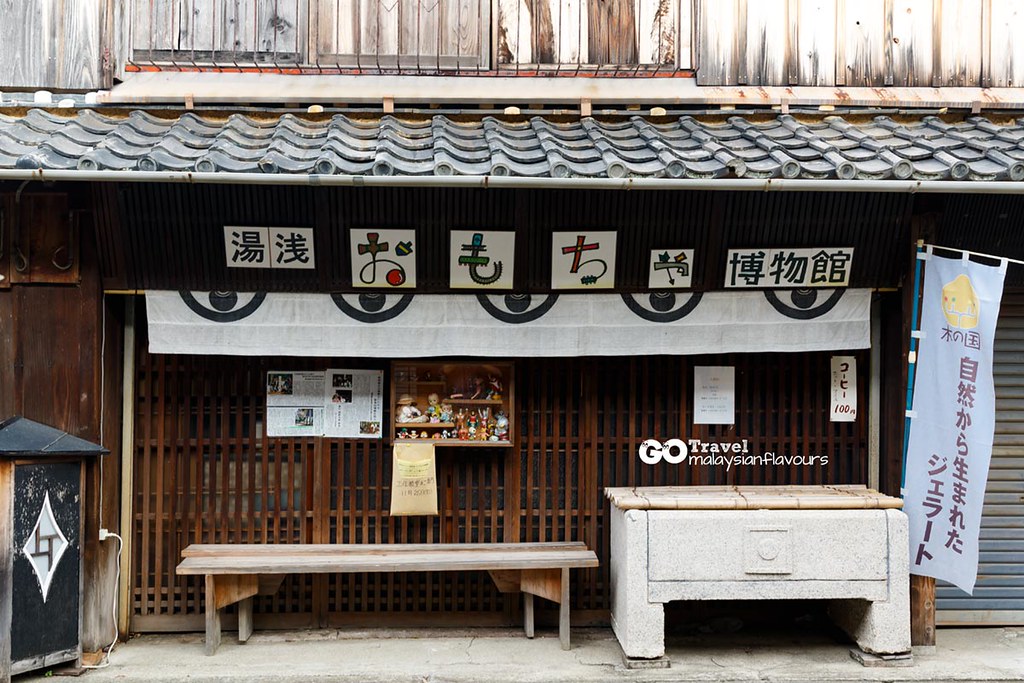
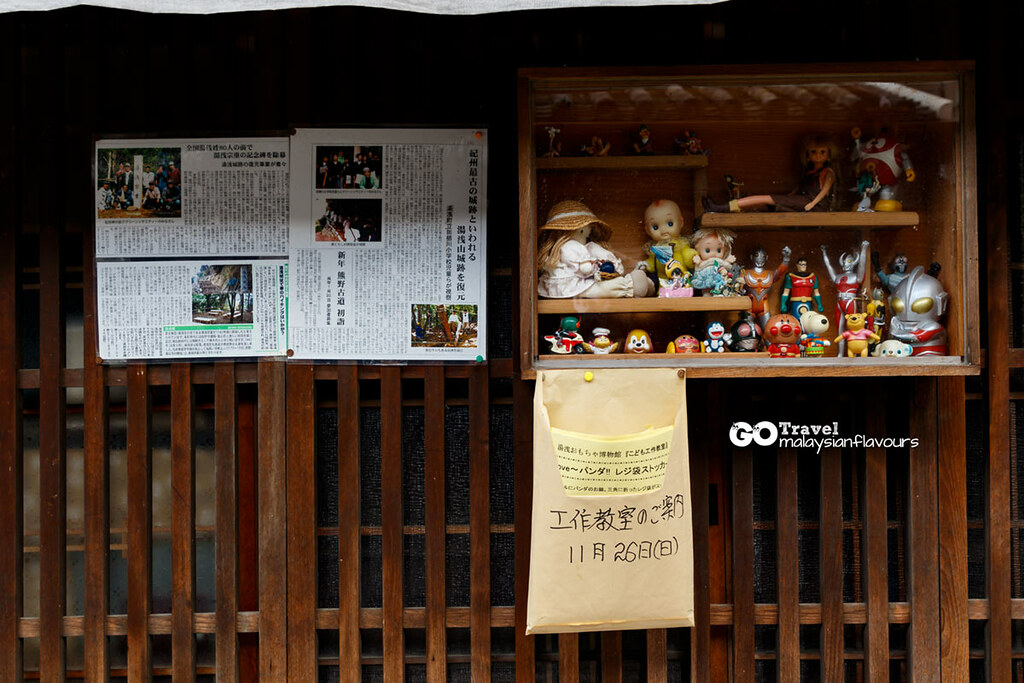
A street gallery that exhibits items that Yuasa people use in daily life, placed in seiro and morobuta, and wooden trays and lids use for soy bean fermentation process.
9. Kano’s House
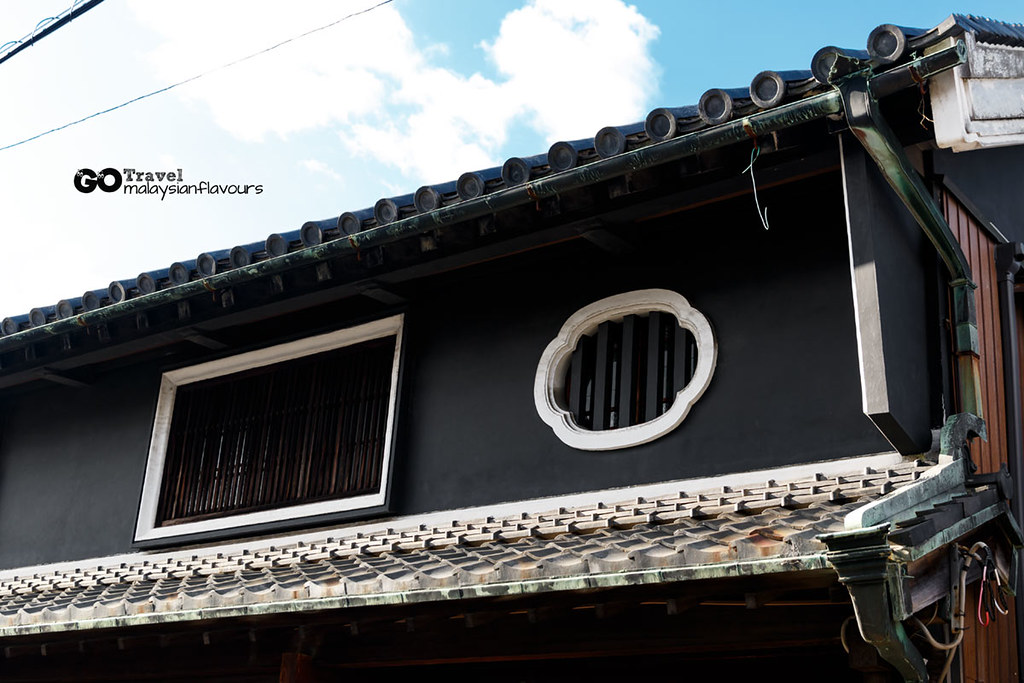
Unique for its black plaster finish for the upper floor.
10. Spot the Mushiko-mado window

Mushiko-mado – They are plastered framed window with lattice. Often used for upstairs. Shapes can differ from being in square to more complicated styles, some with curves. Takebayashi House, a shop that sells shoyu and fishnet shows a great mushiko-mado example.
11. Makuita – timber tiles built beneath eaves to avoid rain and moisture from entering the house.
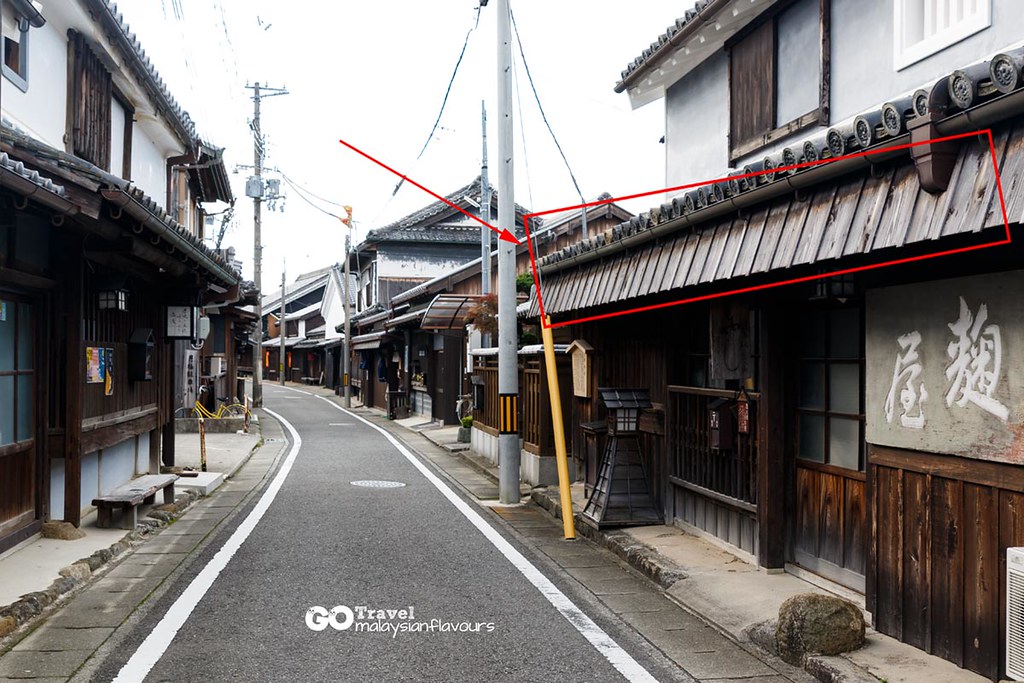
12. Kushi- Lattice used as blind at shop front for privacy, natural light and ventilation.
13. Andon and Koji Museum 麴資料館
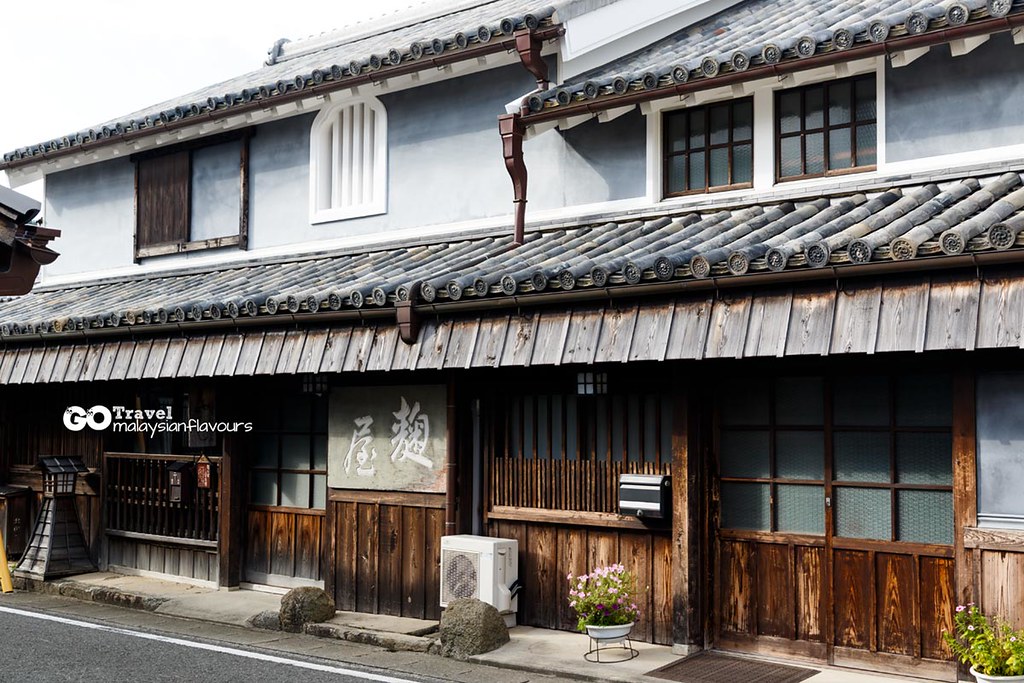
A museum showcases information about koji. Koji, or malted rice is a type of yeast starter, used during fermentation of soy sauce.
14. Displays outside the houses along the roads
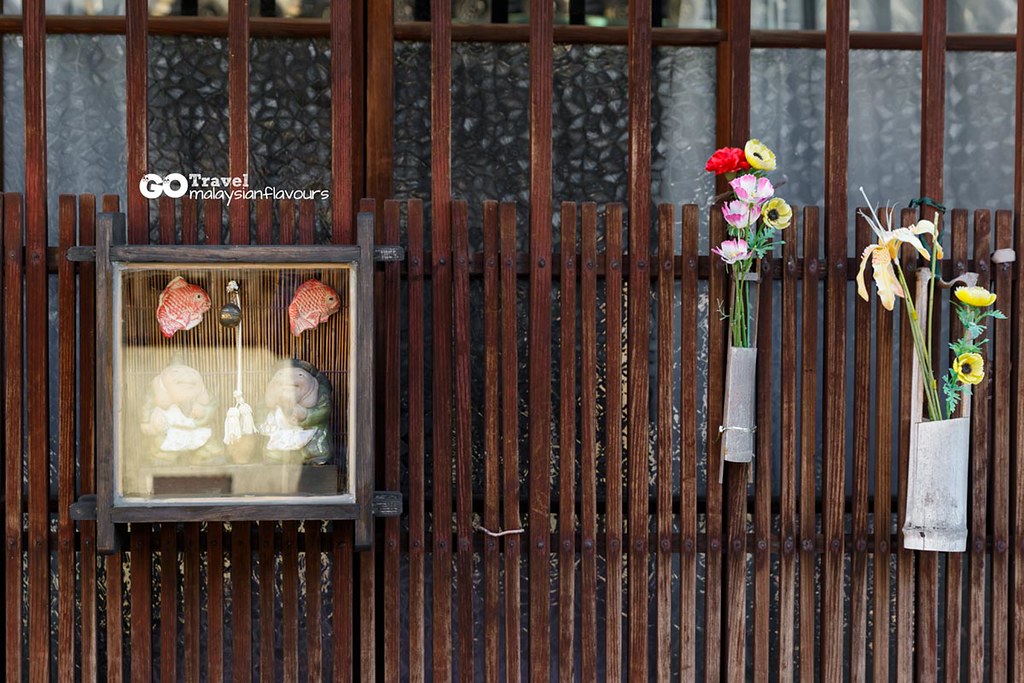
There are many displays on the houses on the two sides of the streets in Yuasa. There are also several meseum in Yuasa that is opened to public, such as Toy Museum, Kitamachi Fureai Gallery.
15. Otakyusuke-Ginsei (Kinzanji Miso 金三寺味增)
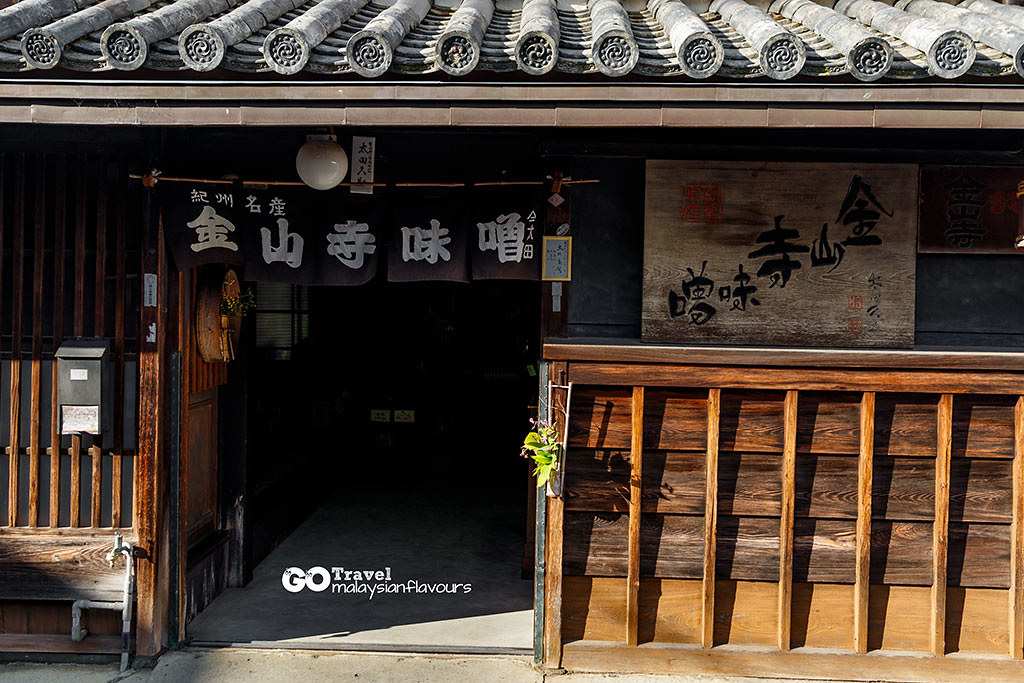
Kinzanji Miso, specialty in Kishu Wakayama. Differ from the miso we always see in market, which is usually dissolve in water to make miso soup, Kinzanji Miso is meant to be eaten directly as side dishes. Goes well with rice and porridge due to its rather intense flavour.
This fermented soy bean condiment is made of soy mean, wheat, rice, koji and mixed with chopped vegetables such as eggplant, ginger, bittergourd and so forth.
There are few Kinzanji miso shops in old town of Yuasa. You can test before you buy, and purchase back some according to your tastebud.
Otakyusuke Ginsei Miso Factory
金山寺味噌 太田久助吟製
Address:
15 Yuasa, Yuasa-chō, Arida-gun, Wakayama-ken 643-0004
和歌山県有田郡湯浅町湯浅15
Contact: 0737-62-2623
Opening Hours: 9AM-6PM
Google Map: https://goo.gl/maps/sjW7q77tXdM2
Next up: Tour of traditional Japanese Shoyu Making, Miso and Japanese soy sauce free tasting, Shoyu Ice Cream and more!
